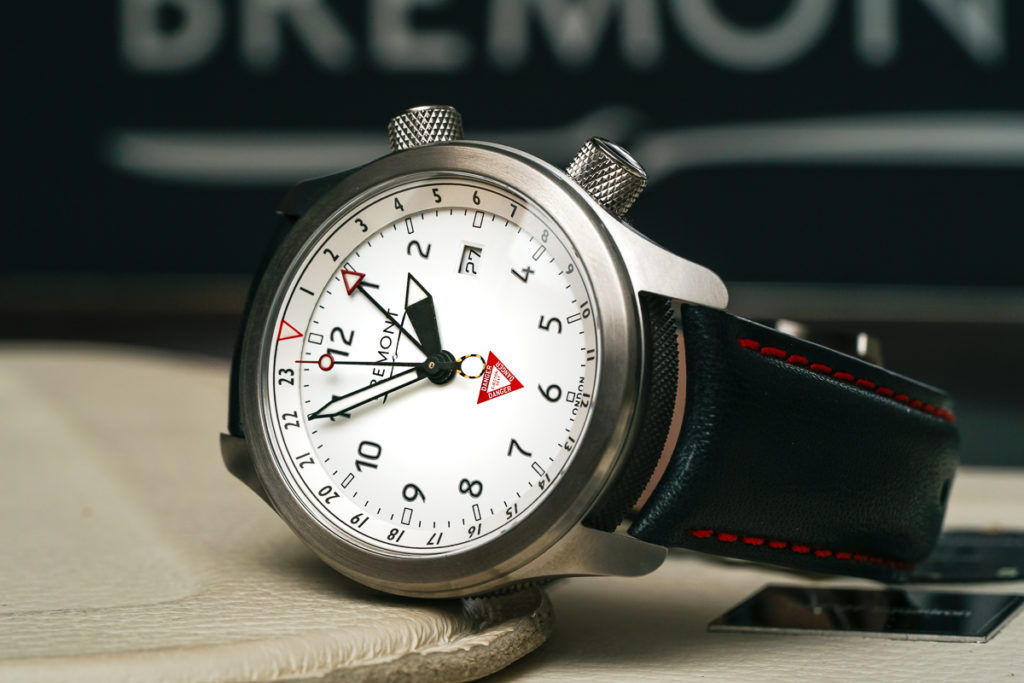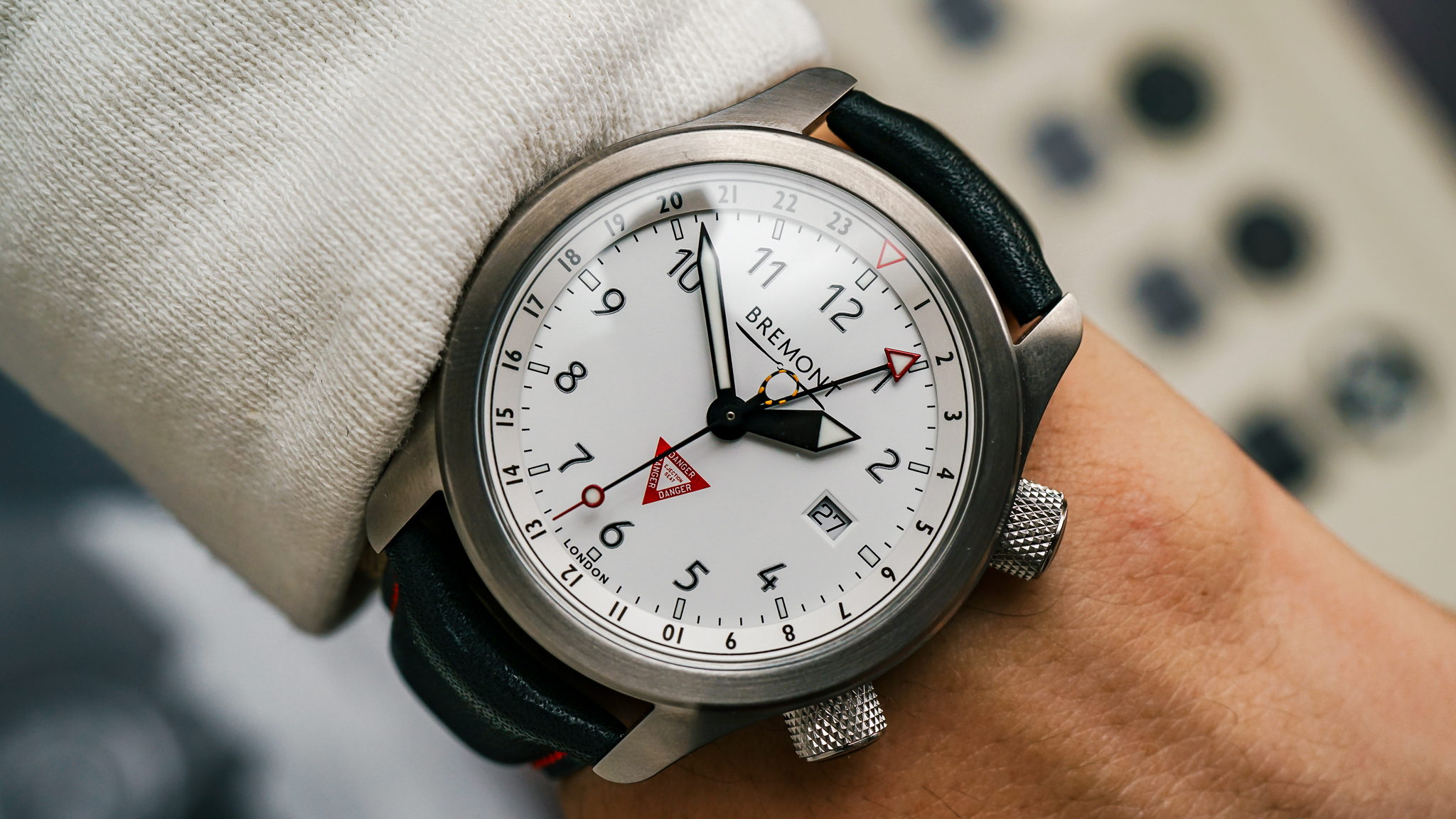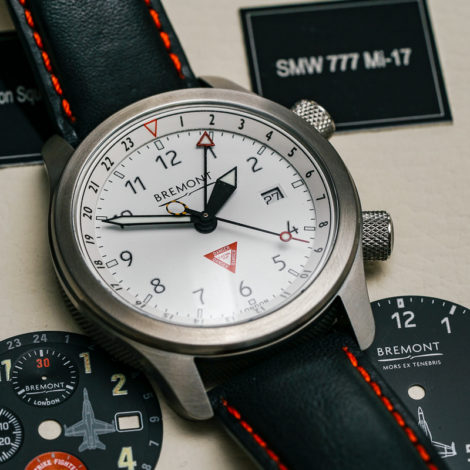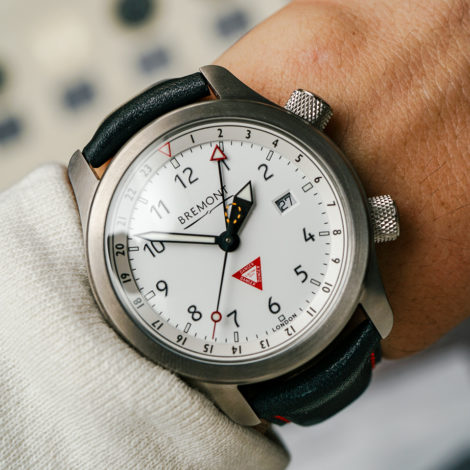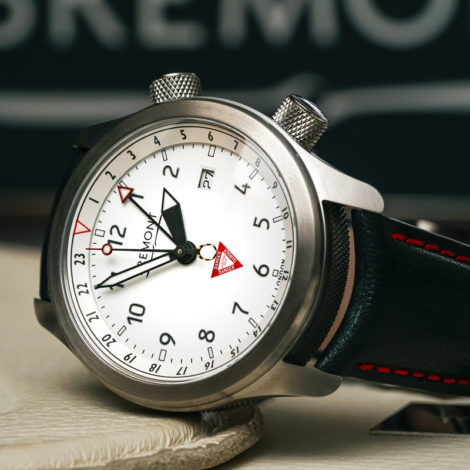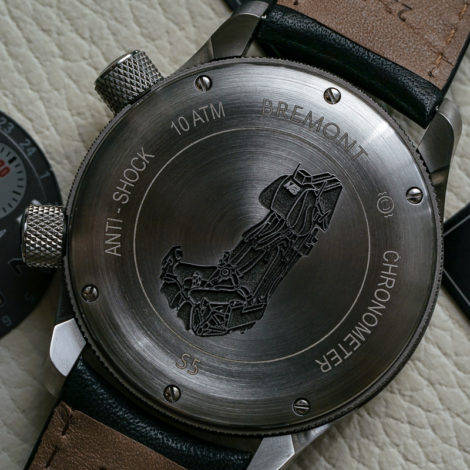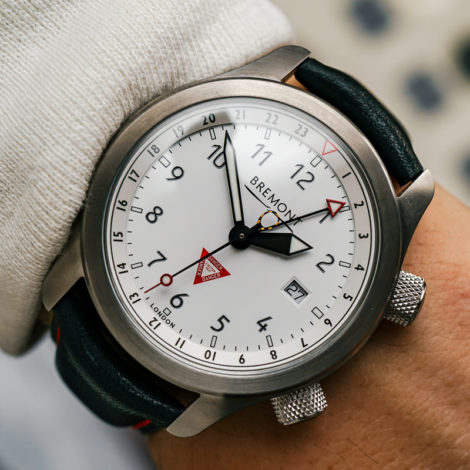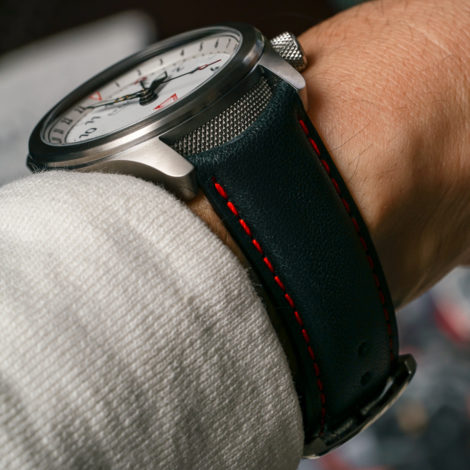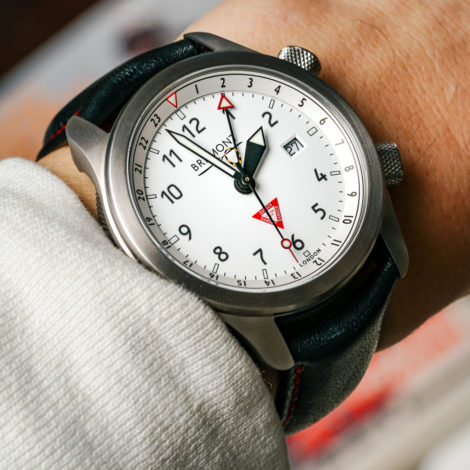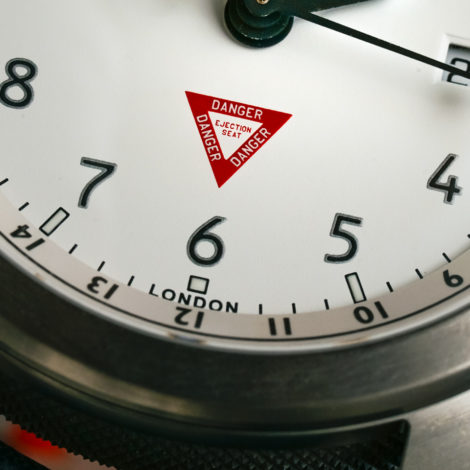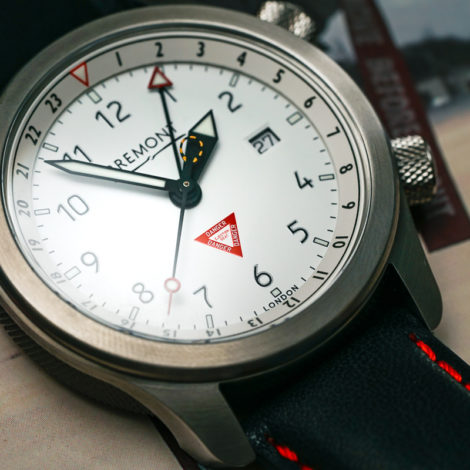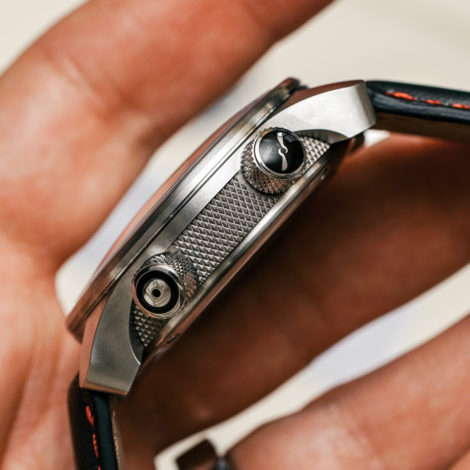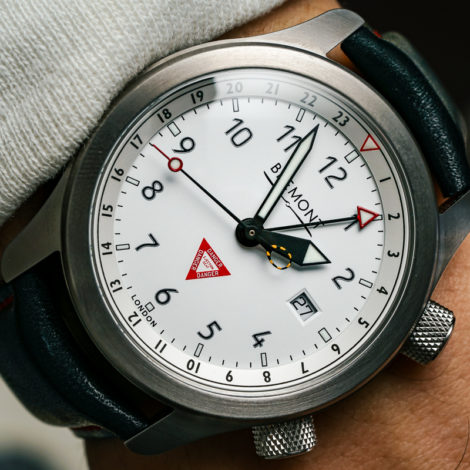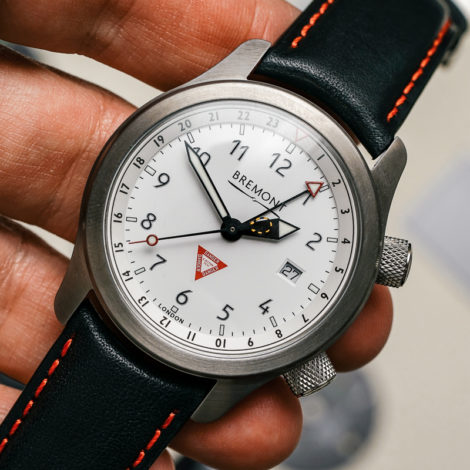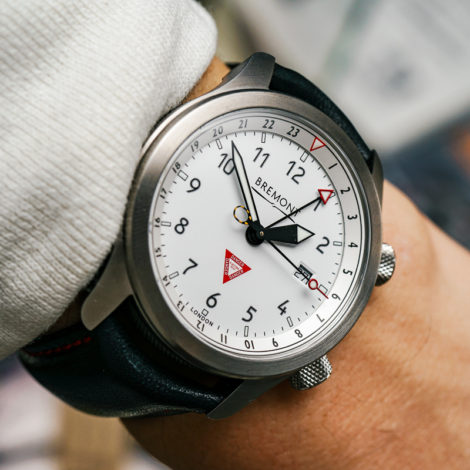 “Punch out.” “Hit the silk.” “Grab the ‘loud handle’ and get the nylon letdown.” All expressions describing the same thing: ejecting from a stricken aircraft and subsequent admittance to the “Martin Baker fan club” — probably one of the world’s most exclusive memberships, albeit a membership card that no pilot ever really wants to carry. But to date, the venerable ejection seat manufacturer has admitted over 7,000 members (i.e., saved over 7,000 lives) with its technology, now relied upon by nearly 100 of the world’s Air Forces. Bremont entered the picture in 2009 with the MBI — a markedly shock resistant pilot watch designed in collaboration with, and tested by, Martin Baker specifically to be able to withstand the violent shock and G-forces resulting from an aircraft ejection.
“Punch out.” “Hit the silk.” “Grab the ‘loud handle’ and get the nylon letdown.” All expressions describing the same thing: ejecting from a stricken aircraft and subsequent admittance to the “Martin Baker fan club” — probably one of the world’s most exclusive memberships, albeit a membership card that no pilot ever really wants to carry. But to date, the venerable ejection seat manufacturer has admitted over 7,000 members (i.e., saved over 7,000 lives) with its technology, now relied upon by nearly 100 of the world’s Air Forces. Bremont entered the picture in 2009 with the MBI — a markedly shock resistant pilot watch designed in collaboration with, and tested by, Martin Baker specifically to be able to withstand the violent shock and G-forces resulting from an aircraft ejection.
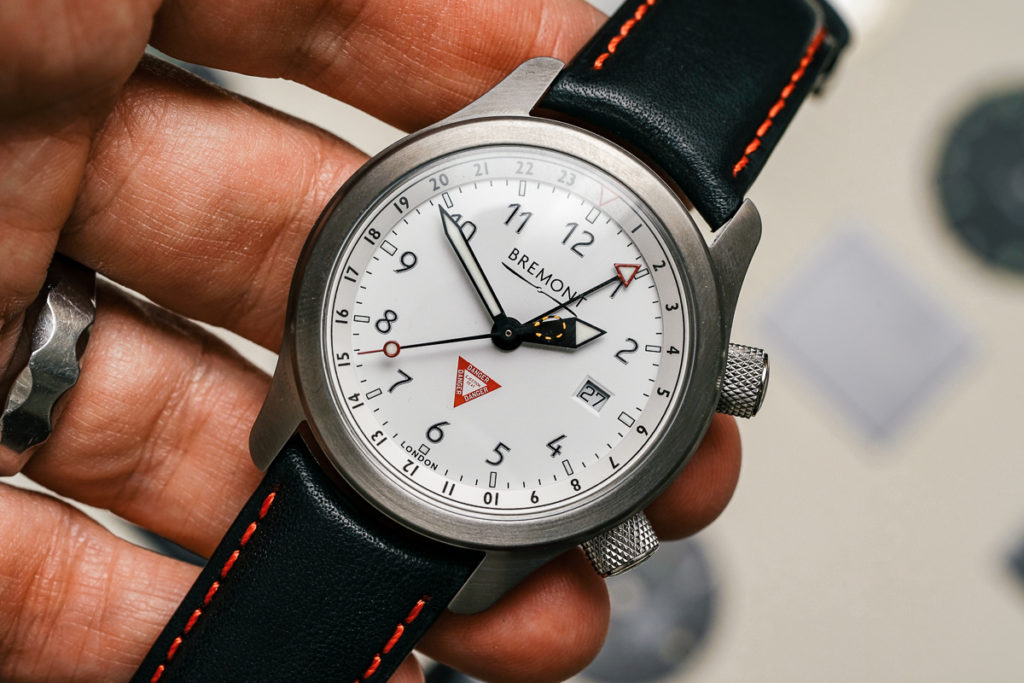
The MBI was famously only available to pilots who’d actually ejected, while the MBII was its civilian counterpart, identical in its twin-crown design and overall capability, though differing slightly in a few aesthetic details between the dial and the colorful anodized case barrel. The MBIII joined the series in 2015, nixing the day complication while adding in a GMT hand and substituting the 60-minute bi-directional Roto Click inner bezel for a 24-hour bezel. New for 2019, Bremont celebrates 10 years of its Martin Baker partnership with a new white-dialed MBIII that maintains all the capability and functionality of its black-dialed predecessor, while adding in a few new details: namely, a raw titanium case barrel (contrary to the colorful anodized barrels that we’re used to seeing on the MB), a deep engraving of an MB ejection seat on the caseback, and the signature Martin Baker “Danger Ejection Seat” badge on the dial at 6 o’clock — a motif that’s usually emblazoned on the exterior of the cockpit where an ejection seat is present.
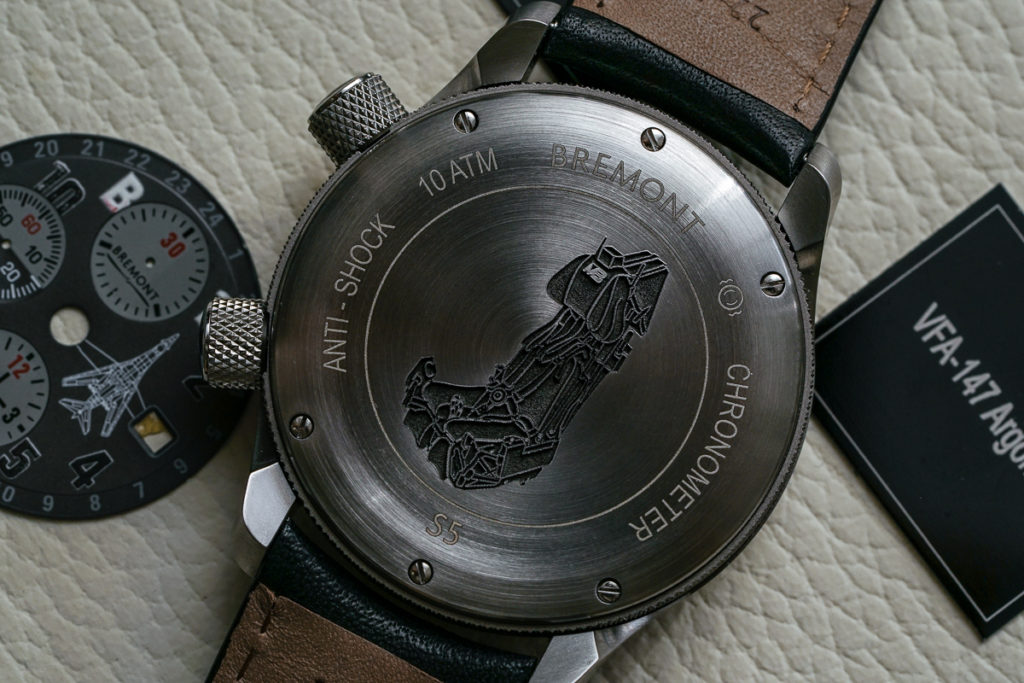
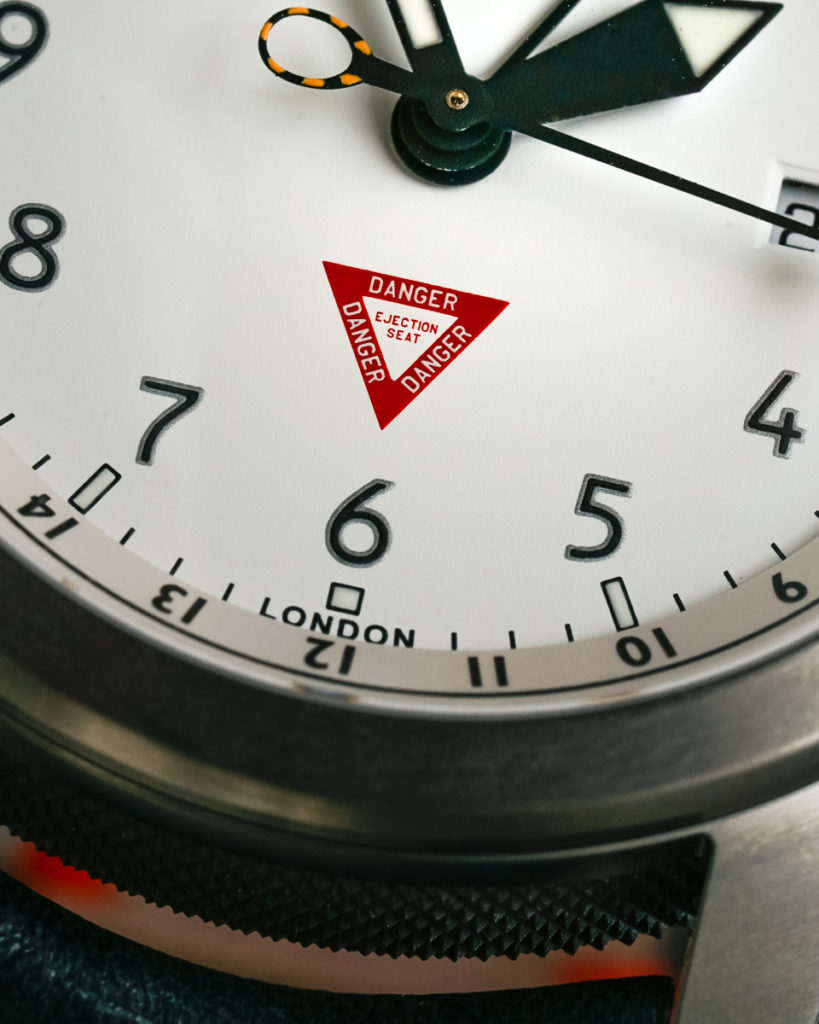
Now, the last detail’s likely to be the most divisive design choice of the three, as the “DANGER EJECTION SEAT” wordmark breaks up the stark, spartan tone of the MB series. Like a warning sticker on a hatchet or a “read operators manual first” hangtag affixed to the handlebars on a Ducati, it just feels a little bit silly, like something to be removed and discarded at the first available opportunity, if possible. It does, of course make quite clear the origins of the watch itself, and the wordmark is exactly how you’d see it on an F-16, but if you’re not a fighter pilot or in on the joke and have simply been dying for a clean white-dialed GMT watch from Bremont that could provide an alternative to, say, a ubiquitous Rolex Explorer or the discontinued IWC Spitfire UTC (*slowly raises hand*), well, you’re going to just have to keep waiting.
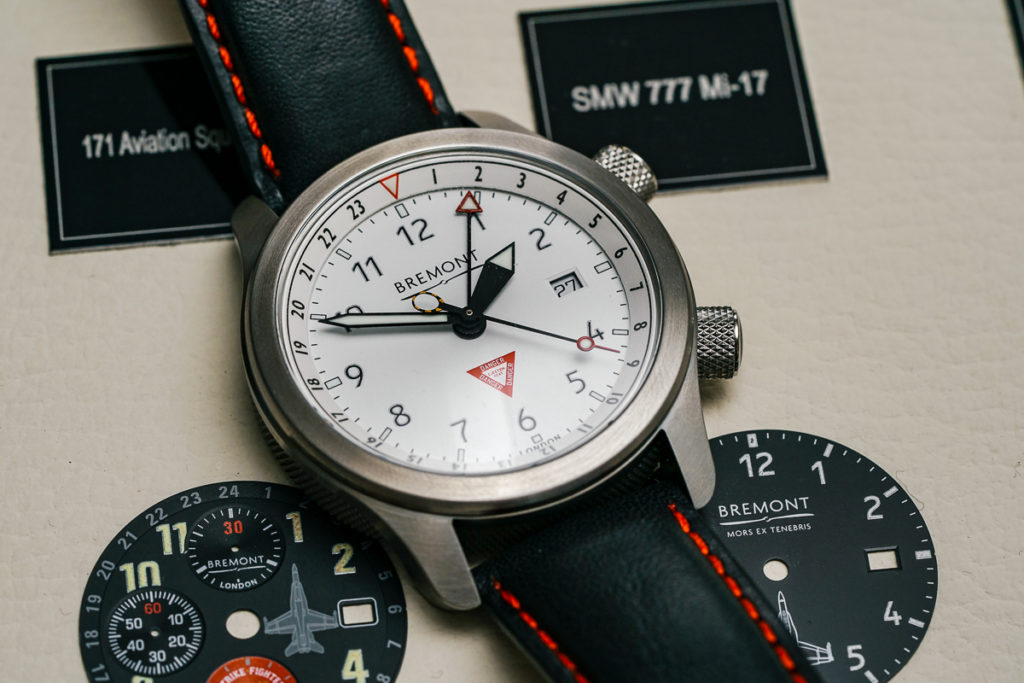
Like the rest of the MB watches, the MBIII is built with a 43mm, multi-piece stainless steel Trip-Tick case fitted with an elastomer anti-shock dampener and a Faraday cage to provide magnetic resistance. Traditionally speaking, the MB has always been a watch of relatively modern proportions to enable easy legibility at a glance when worn in the cockpit. Even still, it wears quite comfortably even on a smaller wrist, sans-flight suit, thanks to the modest 49mm height and downward turned lugs. Those lugs are formed in a singular U-shaped arc on each side of the case, interrupted only by the MB’s signature knurled mid-case barrel, whose texture sharply contrasts the brushed sides and makes the whole thing quite a treat to view at isometric angles. Unsurprisingly, the MBIII’s case (and by extension, Bremont’s similarly formed Trip Tick-equipped watches) is quite a complex one to produce — with the bezel alone taking a full 45 minutes to machine from its bar form.
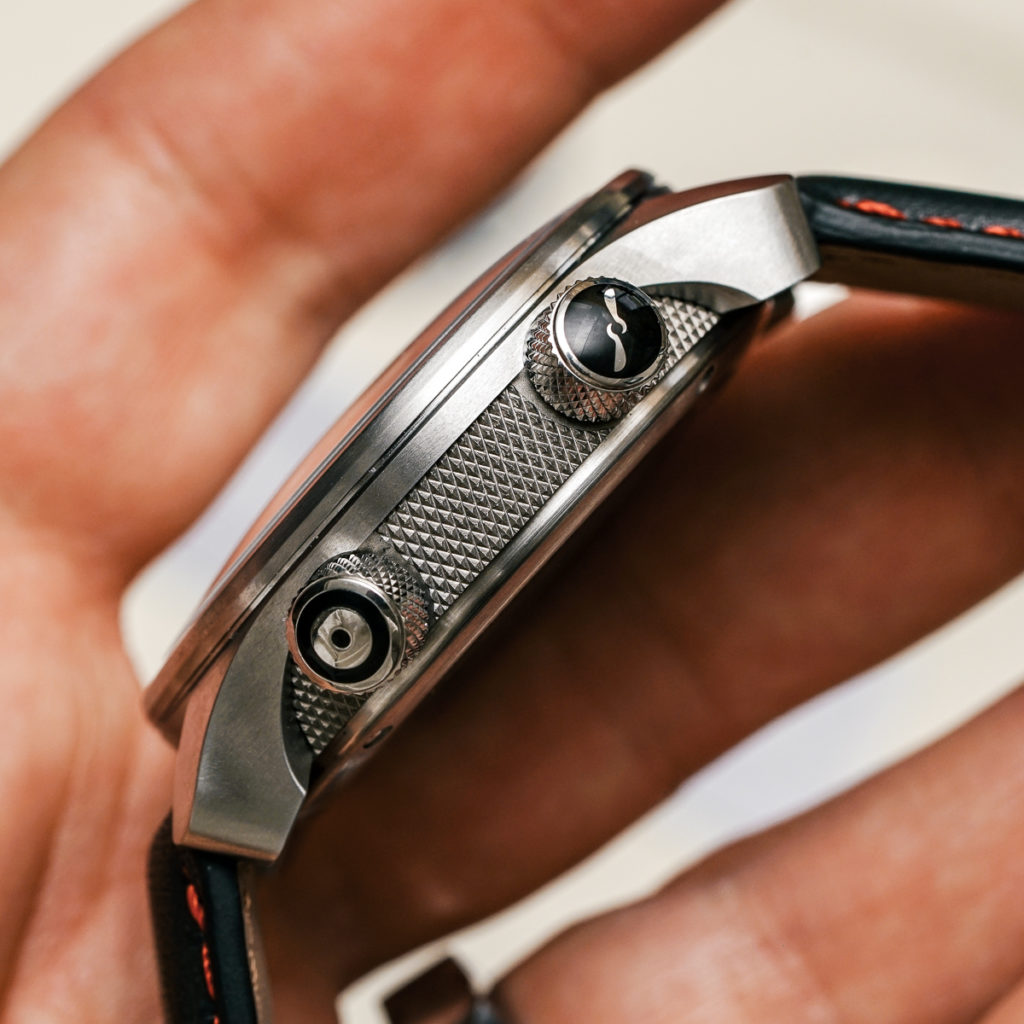
The complexity of the case is, in part, the end result of Bremont achieving its goal of producing a watch for Martin Baker that could adequately protect an automatic movement from a relatively singular, albeit extremely high-stress, event. To do this, the traditional impact and drop tests used in the watch industry would not suffice — especially since ejecting from a cockpit usually generates around 25 Gs (read about the time we experienced a mere 6 Gs in a Red Bull aircraft) of load on the pilot. But through the partnership, Bremont designers had access to Martin Baker’s unique testing facilities, where watches could not only undergo the highly specialized crash, vibration and salt-fog tests designed to simulate long-term wear in both cockpit and carrier environments but could also be subjected to actual ejection scenarios used to determine exactly which modifications were needed to keep the movements from literally getting torn apart. Ultimately, customizing the rotor design and re-designing how the movement was mounted to the case could dampen the shock just enough for real-world practicality, yielding the watch I’m wearing right now.
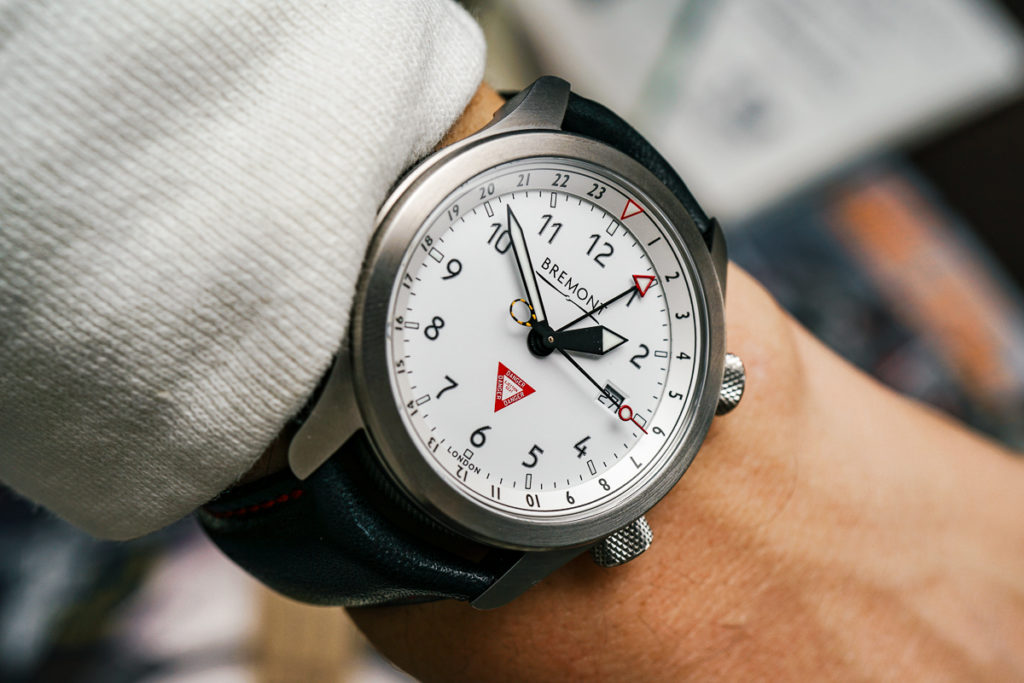
Like the standard non-limited MBIII, the new 10th anniversary edition is powered by a slightly modified ETA 2892 (Bremont calls this its BE-93-AE caliber), a four-handed GMT movement with 42 hours of power reserve, which sadly is not a “true” GMT, as only its 24 hour hand is independently adjustable, making it slightly less practical for frequently jumping back and forth between time zones. However, the rest of the watch remains markedly practical, with its 100 meters of water resistance and impressive shock resistance, yielding tangible real-world utility in equal measure.

The ball-bearing Roto Click rotating bezel has long been a signature of the MB series, but it’s worth noting that Bremont has slightly updated it, improving the smoothness of its rotation and the precision between each of the 24 clicks. Interacting with the Roto Click was always satisfying, in and of itself, but perhaps more so now with these improvements, making it easily one of the most pleasing inner rotating bezels I’ve ever handled. The Bremont MBIII is limited to 310 pieces, and it comes on a 22mm black leather stitched strap for a starting price of $5,600. Expect to pay a slight premium for its bracelet alternative. Learn more at Bremont.com.
